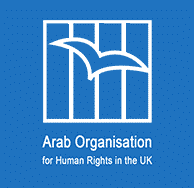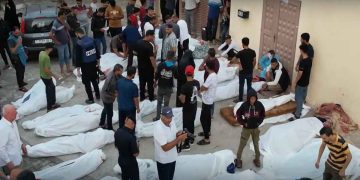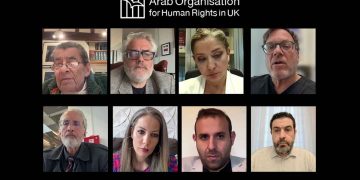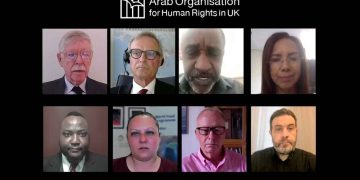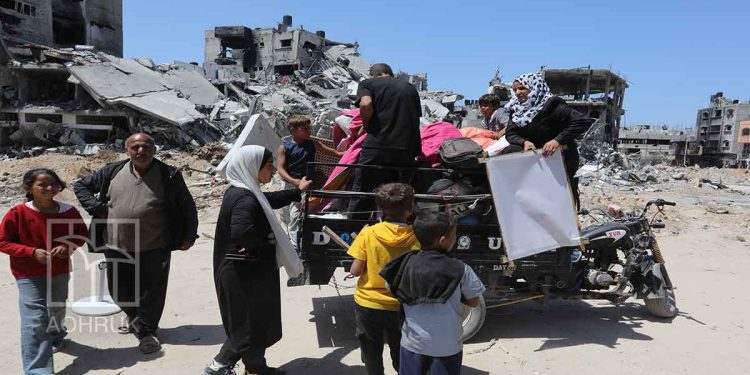More than two weeks after the ceasefire came into effect in the Gaza Strip, the humanitarian tragedy continues to unfold. The United Nations Office for the Coordination of Humanitarian Affairs (OCHA) announced that over 470,000 displacement movements towards the north of the enclave have been recorded since 10 October, indicating that the declared “calm” does not signify an end to the catastrophe left behind by the occupation after two years of systematic bombardment and destruction.
In a statement, the UN office explained that Palestinian families in Gaza continue to return to their destroyed homes despite the dangers surrounding many buildings, the widespread presence of unexploded ordnance, and the acute shortages of water, food, and essential services.
It reported that over the past two days, Gazans have continued to move across different areas of the Strip, with more than 470,000 movements northward recorded since the ceasefire, according to the United Nations News website.
In this context, UN spokesperson Stéphane Dujarric said that the organisation’s partners continue their efforts to reduce the risk posed by unexploded munitions in the Strip, highlighting the particular danger they pose as residents return to their homes.
He added that since 7 October 2023, humanitarian workers have recorded 150 incidents involving explosive remnants, causing injuries that included children.
Despite the end of the war, nearly 20,000 unexploded Israeli shells and rockets remain scattered across Gaza, according to estimates by the Government Media Office, posing a direct and serious threat to the lives of the 2.4 million Palestinians living in the enclave.
During the two years of genocidal war waged by the Israeli occupation on Gaza since 7 October 2023, 68,527 Palestinians were killed and 170,395 others injured, including 93 fatalities and 337 wounded in breaches committed by the occupation since 11 October this year.
The mass displacement towards northern Gaza following the ceasefire reflects that the consequences of the Israeli war remain deeply entrenched, despite the suspension of direct military operations. The return of hundreds of thousands of Palestinians to devastated areas underscores the absence of any real guarantees for humanitarian protection, amid the collapse of infrastructure and essential services and the continuation of the blockade that has lasted for over 17 years.
The ongoing displacement, restrictions on aid entry, and the absence of dignified living conditions constitute a direct violation of Article 49 of the Fourth Geneva Convention, which prohibits the forcible transfer of populations, as well as Article 33, which forbids collective punishment.
The continuing blockade, with its restrictions on water, food, and medicine, also represents the use of starvation as a method of political coercion, an act classified as a war crime under Additional Protocol I to the same conventions.
The vast destruction in northern Gaza and the remnants of unexploded ordnance place a clear legal responsibility on the occupying power under the 1907 Hague Regulations, which oblige it to remove the debris of war and secure civilian areas. Meanwhile, the international community’s failure to enforce accountability and justice perpetuates a climate of impunity and undermines the international system founded on respect for humanitarian law.
Taken together, these realities affirm that what the Gaza Strip is witnessing is not a transient humanitarian crisis, but the direct outcome of a deliberate policy of slow extermination through the systematic destruction of the means of life. Without the implementation of the principle of international responsibility for grave crimes, Gaza will remain a stark testament to the failure of the global legal order to protect civilians under occupation.
